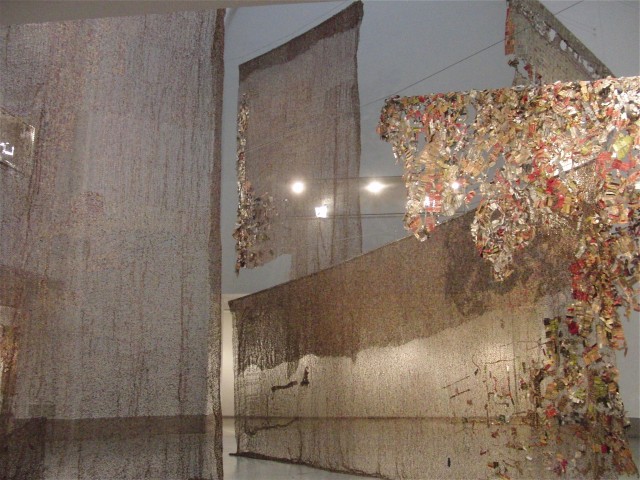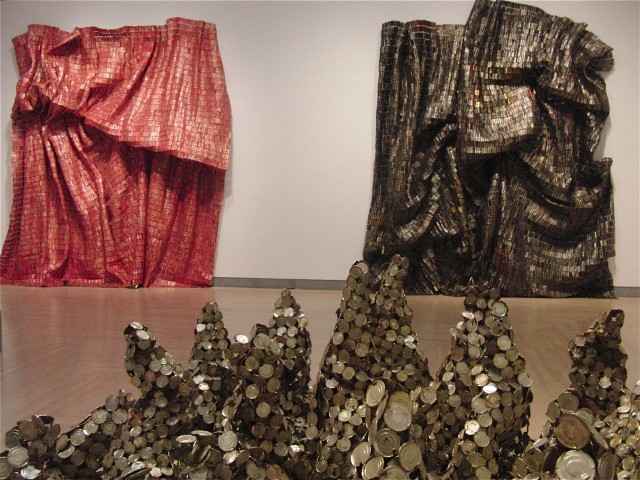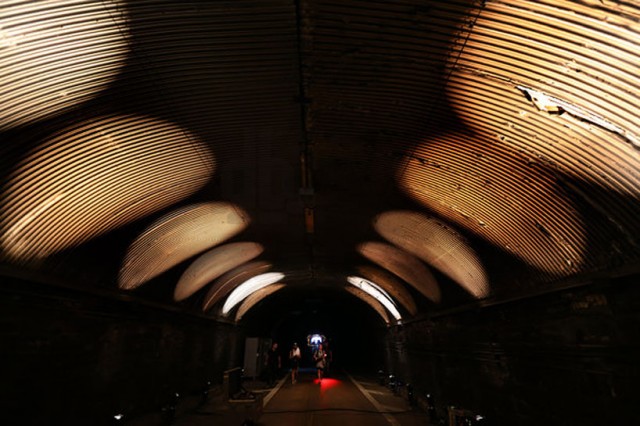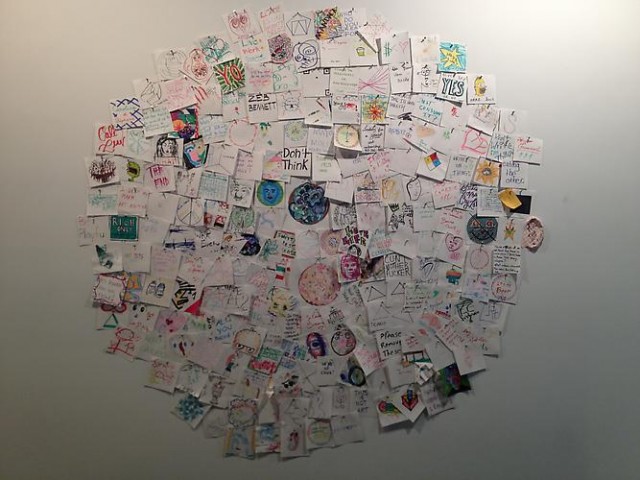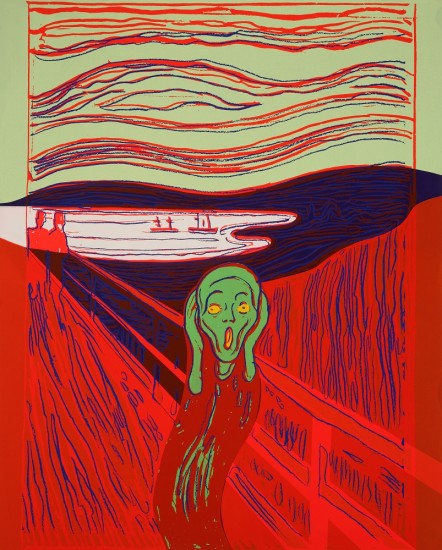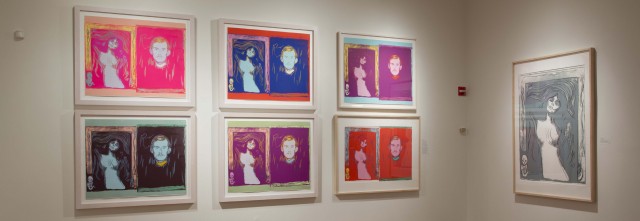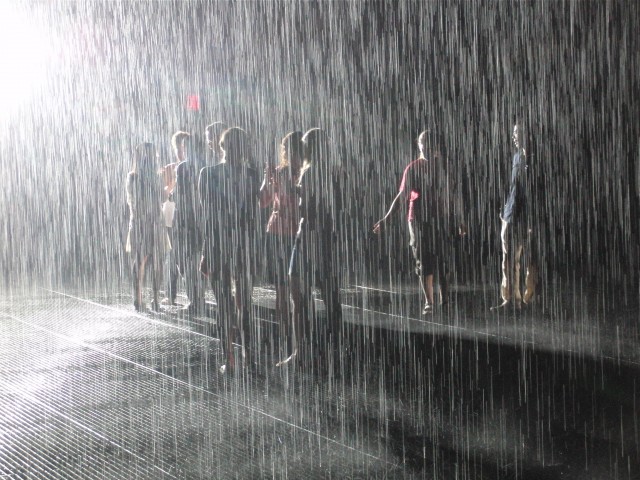
Rafael Lozano-Hemmer’s “Voice Tunnel” welcomes pedestrians into the Park Ave. Tunnel for the first time ever (photo by twi-ny/mdr)
SUMMER STREETS
Park Ave. Tunnel, 33rd – 40th Sts.
Saturday, August 10 & 17, free, 7:00 am – 1:00 pm
www.nyc.gov
voice tunnel slideshow
In such multimedia projects as “Open Air,” “Semioptics for Spinoza,” “First Surface,” and “Voice Array,” Mexican-born Canadian electronic artist Rafael Lozano-Hemmer has used light, sound, movement, and touch to create interactive, immersive installations that require public participation. In 2008, his “Pulse Park” measured the heart rate of individuals in Madison Square Park and turned those biometric rhythms into beams of light that radiated across the oval lawn. Lozano-Hemmer’s latest New York piece, “Voice Tunnel,” is the highlight of this year’s “Summer Streets” festival, in which the city closes down Park Ave. to vehicular traffic for three successive Saturdays (August 3, 10, and 17) from 7:00 am to 1:00 pm, instead encouraging people to walk, jog, run, bike, blade, and stroll down the famous thoroughfare and make their way to five rest stops filled with special free activities.
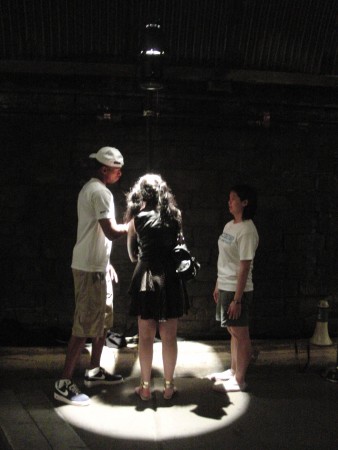
Visitors add their voice to affect light and sound in interactive tunnel installation (photo by twi-ny/mdr)
For “Voice Tunnel,” part of Lozano-Hemmer’s “Relational Architecture” series, the artist has installed three hundred theatrical spotlights that line both sides of the tunnel, projecting arcs of light that race across the ceiling, then go dark. The speed and frequency of the chasing lights are directly impacted by people’s voices; near the center of the tunnel, visitors can say anything they want into a microphone box, lasting between one and five seconds, with volume mattering. The word or phrase can then be heard echoing among the one hundred and fifty loudspeakers in the tunnel, mixing with the sounds of the previous eighty-nine participants. (Try to seek out the exact speaker that is emitting your recording.) Up to five hundred people are allowed in the tunnel at a time, and that is a first; the tunnel, which runs from Thirty-Third to Fortieth St., has been closed to pedestrians since it was built in 1834. Try not to get too caught up in taking pictures and video and instead let the light and sound envelop you, since without your involvement, nothing would happen. It’s also fascinating to realize that Lozano-Hemmer, who refers to his oeuvre as “antimonuments for alien agency,” is primarily using old-fashioned, more analog-type materials for “Voice Tunnel,” although everything is processed through a central computer station. “Depending on what is happening that day, you might see a very wide variety of different reactions, and that’s what I’m excited about,” Lozano-Hemmer says about the project. “I’m excited that this platform is out of my control.” “Voice Tunnel” is an enticing, engaging, and just plain fun display; don’t miss it.
